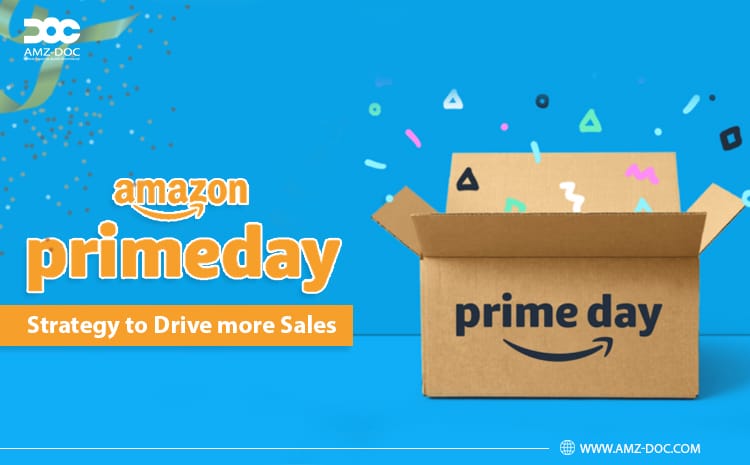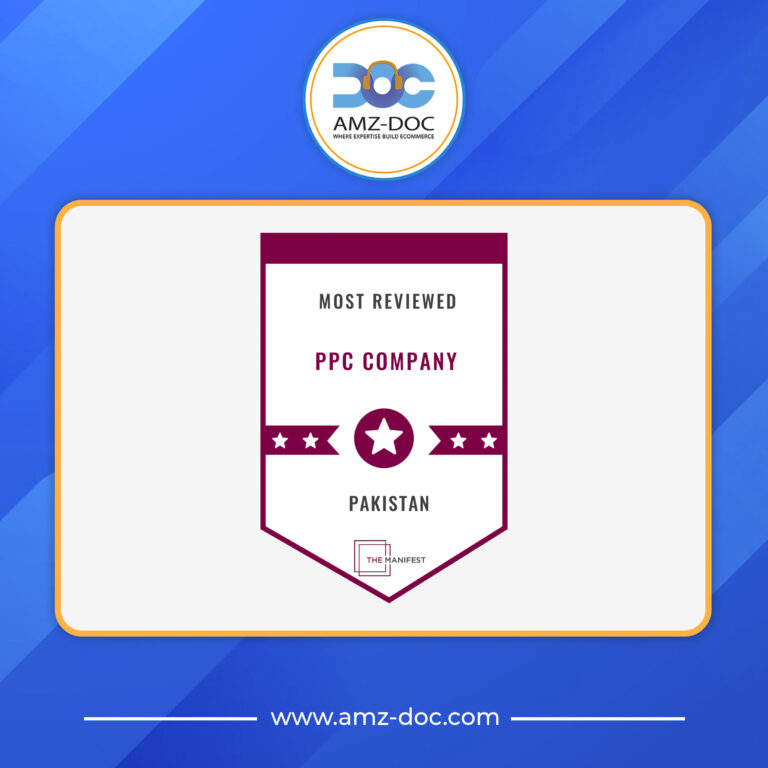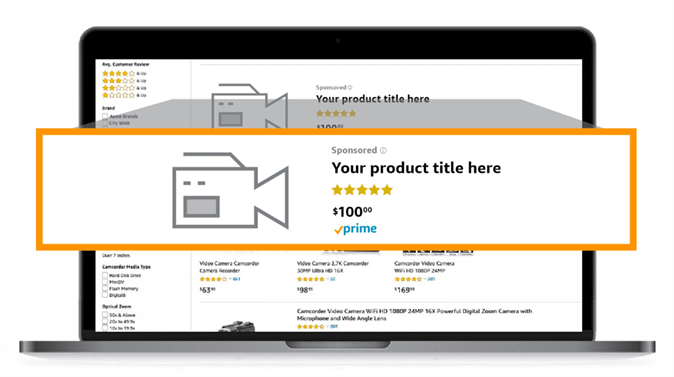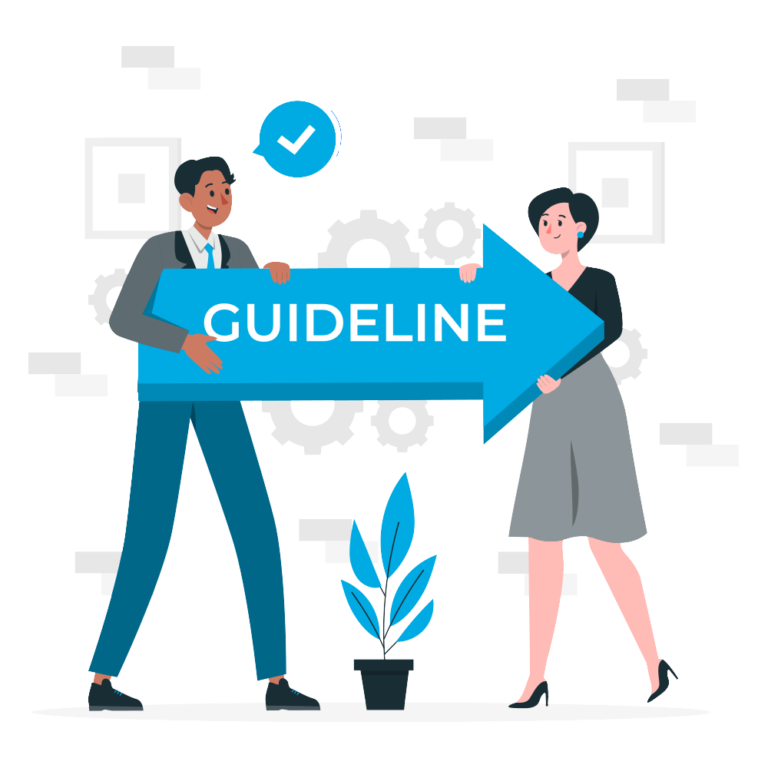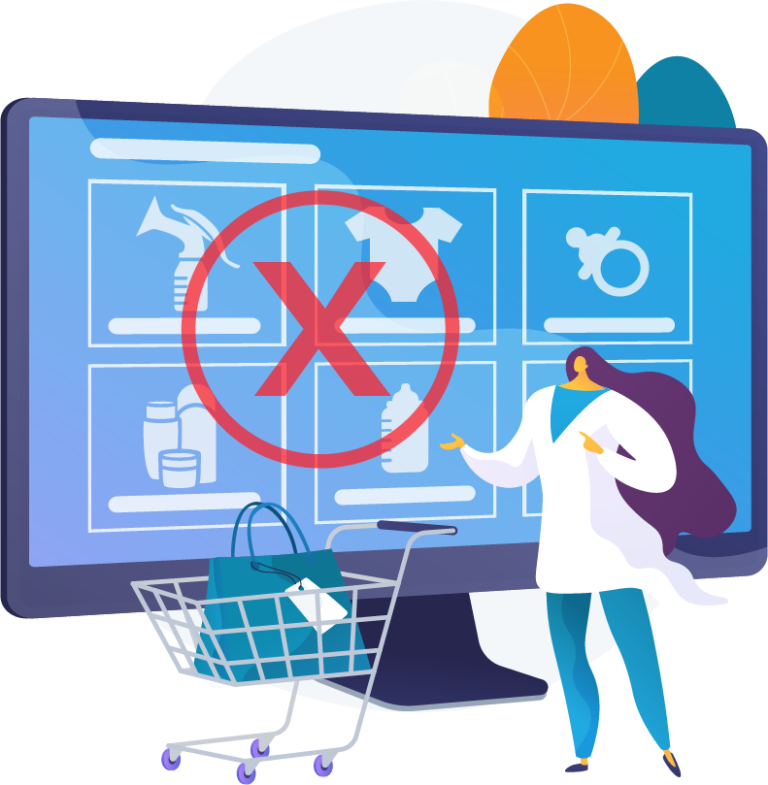Explore Our Product Launching Service – Learn More
Explore Our Product Launching Service – Learn More

A private label product is one that is created by someone else but sold under your own brand name. You have the option of modifying an existing item (and making it your own) or creating a completely new product from the ground up.
While developing a completely new product is thrilling, it is also risky because there is no way of knowing if there is a market for it. So, many successful sellers hunt for popular products and then figure out how to improve them.
Perhaps a popular item sells well on Amazon, but customers frequently complain about one feature of it. Imagine being able to sell a version of that product that didn’t have that annoying flaw that everyone complains about. Imagine this product with your own personal branding on it, so that people will link your brand with this new and exciting product.
The power of Amazon private label may be seen in this example. You may swiftly build your internet business and corner the market for a wide range of products by utilizing strategy.
It is not possible to make quick money with a private label. Building a brand takes time and seeing significant returns takes even longer. A private label is a longterm investment, and if you don’t do your homework, you could end up wasting your money. Create an Amazon seller account first, whether you’re just getting started selling on Amazon or wanting to establish a private label. When creating an account, you’ll have two options; let’s take a look at how they differ and how you can use each to your advantage.
1- Account for individual sellers
2- Professional account
Before you start actively selling, we recommend starting with an Individual Account. You can upgrade to a Professional Account to save money when your products are listed and ready to ship. Remember, you’ll need the help of a professional accountant before you can even ask for permission to sell restricted items!
The best-selling products on Amazon are a great location to start your search. It will give an indication of what customers want on the platform. That is quite useful information. When choosing a product, keep the competition in mind. In a crowded market, you’re unlikely to succeed. The idea is to identify a high-demand niche product. The product ideas tool in Seller App allows you to check what’s hot on the market in real time.

When it comes to selecting a product for a private label, there are a few considerations to keep in mind:
• Dimensions and weight
• Your products should be as tiny and light as possible. This can help you save money on shipping – both to and from Amazon FBA warehouses. You wish to offer a product that is less than 3 pounds in weight.
• Unregulated and generic
On Amazon, you don’t have the choice of selling every goods. Before you can offer certain categories or products, you must first have Amazon’s permission. To avoid problems, make sure your private label product is unrestricted and generic.
You should aim to sell things that cost between $15 and $50. After Amazon’s cut, if you’re selling a product for less than $15, your profit margins will be razor-thin. Customers are more likely to trust a well-known brand when purchasing pricey items. As a result, anything over $50 isn’t a good fit for private labels.
Many individuals believe that finding the ideal supplier is difficult. Platforms like Alibaba have made obtaining things directly from the producer much easier. So the first step is to sign up for one of these international B2B platforms and start contacting potential suppliers. This extensive guide might help you locate providers if you’re experiencing problem Make sure to contact several manufacturers in order to obtain the greatest costs. Also, double-check that your suppliers allow for private labeling. Make sure you’re sourcing from a reputable manufacturer with at least two years of experience and trade insurance, as there
are a number of fraudulent manufacturers on the internet. Use only a secure payment method.
Note: When contacting the supplier, include the following information:
• The product you’d want to buy.
• The needed quantity.
• The address where you want them delivered.
• How do you want your goods to be delivered?
•Don’t just go along with the crowd. It’s always preferable to have a unique logo design.
•Choose two or three key colors for your brand.
•Even something as basic as a font is crucial. Keep it to one or two.
•Keep it clean and simplistic with your logo.
•Don’t use raster images, vector graphics, or stock art.
After you’ve designed your logo and chosen your brand colors, it’s time to consider about packaging. It’s possible that you’ll have to outsource it, but we encourage that you customize your packing. This will help you stand out from the crowd while also incorporating branding aspects.
• Photograph Of A Product
• Brand Name
• Product Name
• Specifications For Production (Where It Was Made)
• Legal Information
• The Name Of The Product
• Videos And Photographs
• Price Of The Product
• Your Product’s Description
Make your listing stand out. Choose keywords with a low level of competition and a high number of searches. To make your listing stand out, make sure to include relevant keywords and graphic content.

After the product launch reviews, the most important thing to consider. Asking for reviews is the best way to get them. Because Amazon prohibits paying customers to leave reviews, be cautious about how you communicate with your customers. When a product is purchased, ask for honest feedback, but never offer discounts or freebies in exchange.

